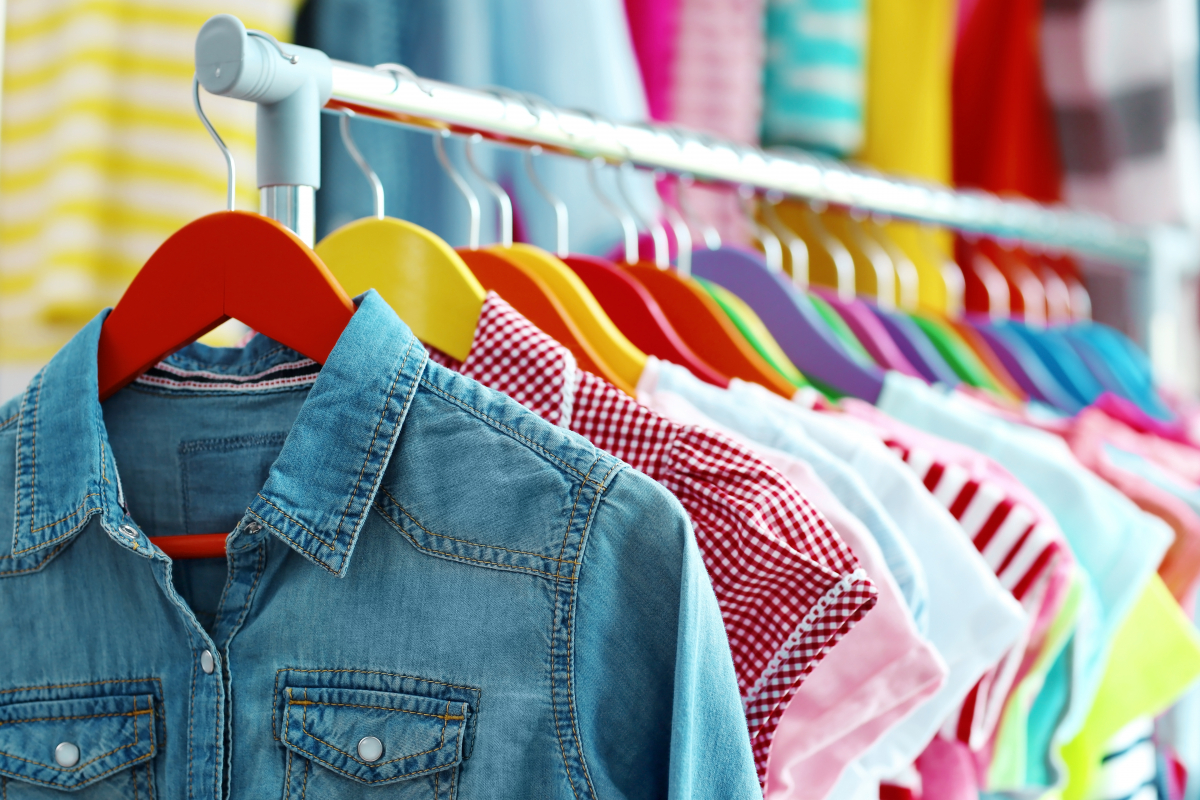Why the minimum order value for Amazon and Zalando pays off
Only recently, Amazon raised the minimum order value from 29 to 39 euros – and did not make it easy for itself. The company increased the value at least twice, only to reverse it shortly thereafter, at least for the German market.
And then there’s Zalando: the fashion retailer, which for a long time did not have a minimum order value, recently introduced a very reasonable minimum order value of EUR 29.90. This includes standard shipping costs of 4.90 euros, with Amazon it is 2.99 to 3.99 euros depending on the product group that otherwise applies. Incidentally, About you is also planning a minimum order value, which is to apply to all markets and will probably be introduced in Germany in the course of the year.
But what does this mean for companies and how can customers deal with the new regulation in a meaningful way? It is clear that it makes neither economic nor ecological sense for senders to send parcels with small quantities of products. This applies above all to the mail order companies themselves, who are happy to split an order into several packages, which are then sent individually. Amazon, for example, justifies this with the sophisticated warehousing that sometimes (even now very often) makes it necessary to ship goods individually.
The same applies to the return, which does not always go to a central address, but – especially when it comes to a ship-from-store order from Zalando that initiates a partner business – must also be sent back there.
Editor’s Recommendations
But the problem is even more comprehensive: In the future, many customers will try to circumvent the minimum order value by simply ordering a few additional products in order to get by without a flat-rate shipping fee.
At least you don’t have to pay for the return shipment with Zalando, as this is included within a generous 100 days. The idea behind this generosity: if you don’t return a product right away, you will put it in the closet and possibly forget it – a bill that often adds up.
It’s more complicated with Amazon: On the one hand, it depends on whether the item is intended for free return, as is the case with clothing and shoes. Otherwise there are always return costs (flat rate, Amazon states the individual amount in each case) if the amount of an individual item to be returned is less than 40 euros. The shipping costs are only partially reimbursed here.
The situation is different with many other senders who accept the return costs as a flat rate if the value of the collected (!) return exceeds 40 euros. However, this leads to the popular trick of ordering enough goods that are actually not wanted or only ordered as a selection – with the aim of achieving a sufficiently high value of the goods when they are returned.
However, the result hits the retailer twice as hard: on the one hand, he pays for the return and processing of the goods for sale and, on the other hand, has even more goods in circulation that he cannot sell at the same time. This is doubly unfavorable, especially for clothing, shoes and other seasonal items.
All in all, larger senders are always working to get the shopping baskets, i.e. the total value of an order received, as high as possible. In the last few months in particular, however, the average shopping cart value has fallen for almost all major e-commerce players, as senders such as Otto and Zalando recently reported when announcing their figures.
Therefore, it will probably become a general trend to counteract this with minimum order values, especially since the logistics service providers have also tightened the price screws in recent months, not only because of the increased energy costs, even with major customers.
On the other hand, the introduction of a minimum order value can also contribute to customer loyalty, which only becomes apparent at second glance. Because a minimum order value gives retailers the opportunity to make shipping flat rates such as Otto Up or Amazon Prime palatable.
On the one hand, they bring regular income and, quite incidentally, ensure the much more important side effect that customers who belong to such a program order and keep around 30 to 50 percent more (according to industry estimates). Or to put it another way: The dealer or dealers from whom the customer has their flat rate, which they also want to use, are the first point of contact when making a purchase. Only if what you want is not available there or is significantly more expensive than elsewhere does this distinguishing feature disappear.
The bottom line is that a minimum order value has many effects – and in the case of Amazon and Zalando it is not so easy to say whether less money is flowing into the retailers’ coffers as a result. It is clear that more sales will be generated in the first approach because the customers are trying to avoid the corresponding costs for shipping.
Conversely, however, there is actually a risk that customers will carelessly order more for inspection because they already know that they will be returning part of the goods due to incorrect or suboptimal fit. However, it is also clear that returns remain a fixed (high) cost factor, especially in the clothing sector, similar to shop rent in brick-and-mortar retail.



